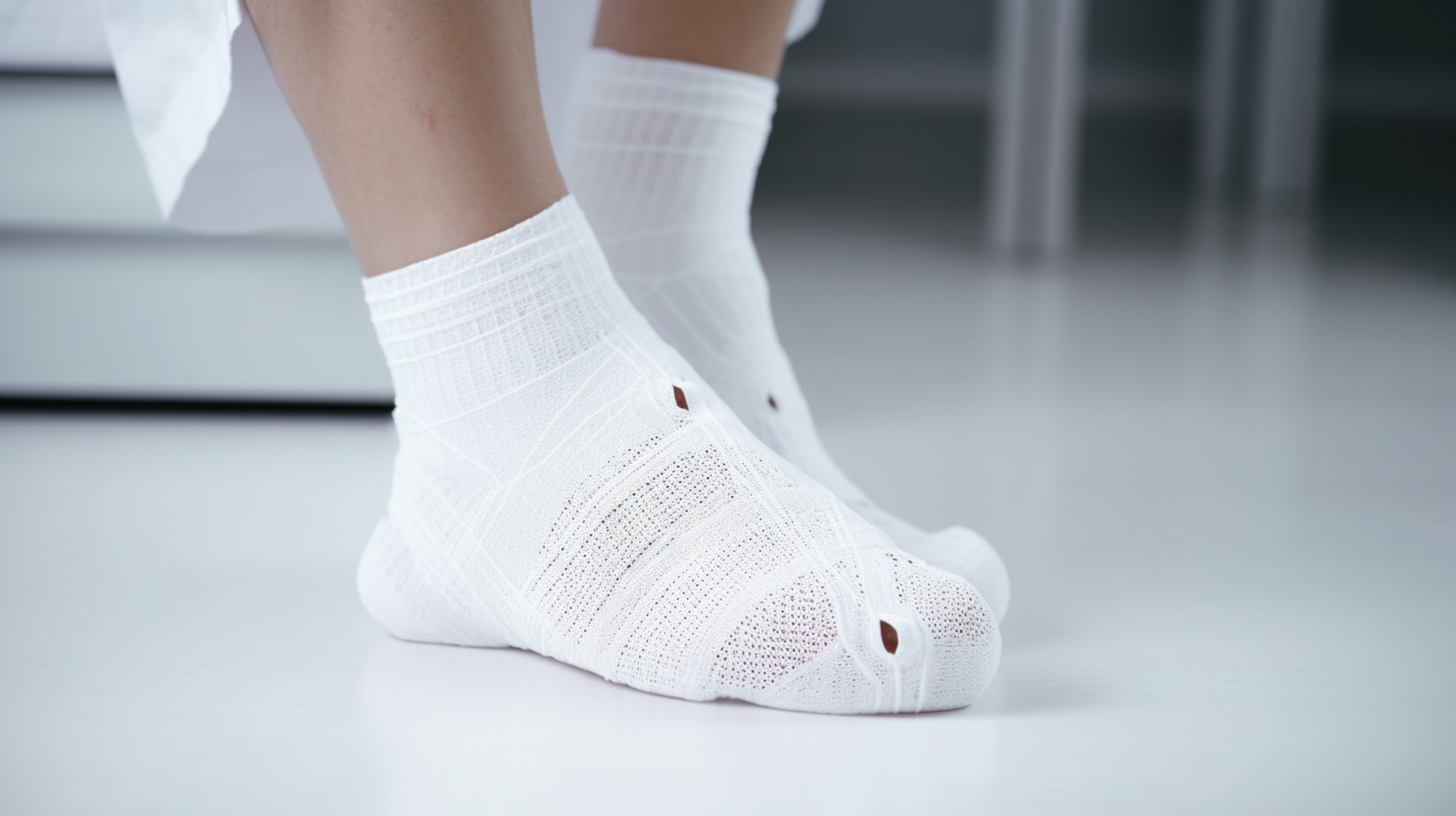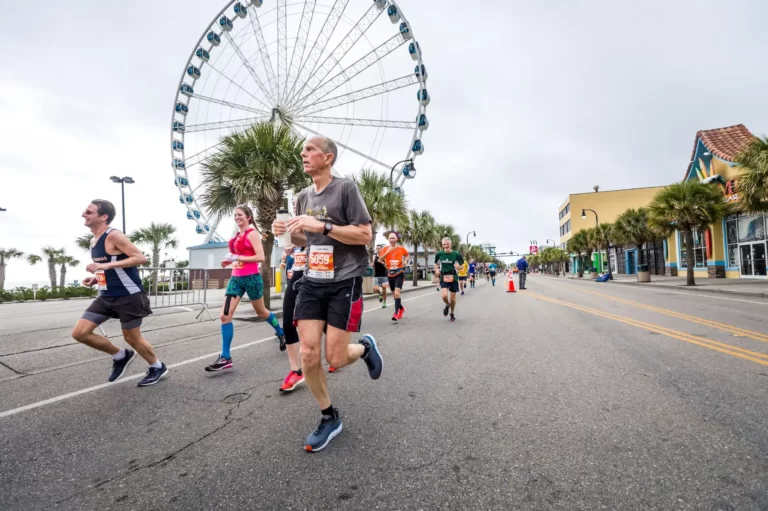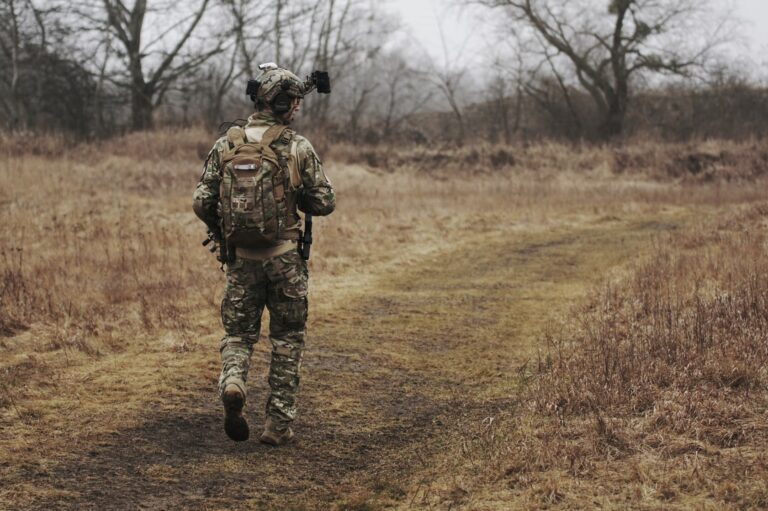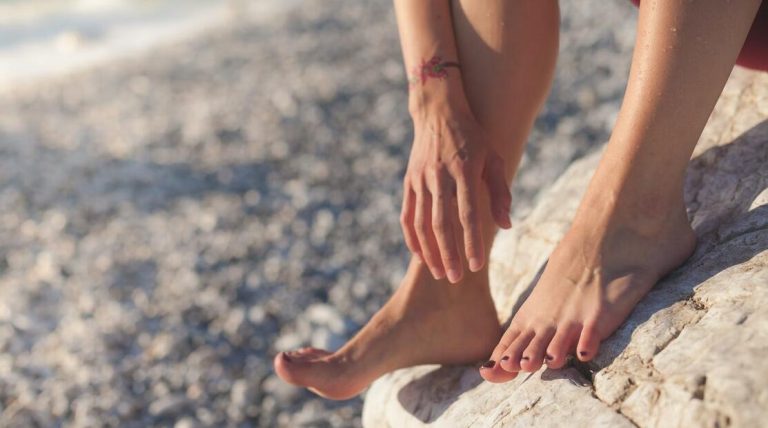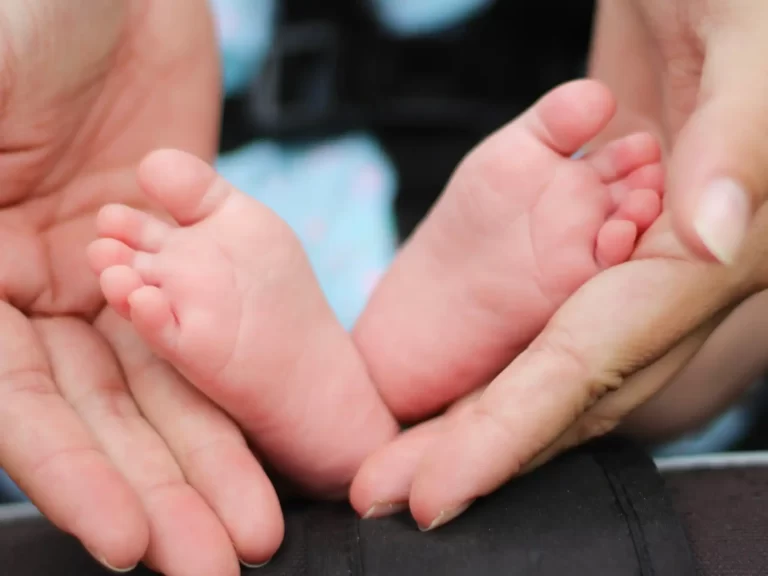Understanding the Risks and Impact of Dropped A Weight on My Foot
Accidents happen, and one unfortunate mishap that can occur is dropping a weight on your foot. Whether you are lifting weights, moving furniture, or dropping tools in the workshop, a foot injury from dropped weight can cause severe pain, swelling, and discomfort. In this article, we will examine the causes, symptoms, and treatment options for foot injuries caused by dropped weight, and provide expert tips and advice for managing this common problem.
Common Causes of Dropped Weight on Foot
Foot injuries from dropped weight typically occur due to impact and forceful contact, causing fractures, bruises, and other traumatic injuries. The risk of dropping weight on your foot is higher in situations where the object is heavy and has an irregular shape that can be challenging to hold securely. Missteps and accidents that happen while moving or lifting objects also increase the likelihood of such injuries.
Recognizing Foot Injury Symptoms
Foot injuries caused by dropped weight often cause immediate pain and discomfort, which can be severe and not subside for some time.
Swelling, bruising, and visible deformities may also be present, and there may be difficulty walking or bearing weight. If you experience any of these symptoms after dropping weight on your foot, you should take immediate action.
What Should I Do If Dropped A Weight on My Foot

To manage foot injuries caused by dropped weight, experts recommend the RICE method: Rest, Ice, Compression, and Elevation. Rest your affected foot, apply ice to reduce swelling, place a compression bandage to control swelling, and elevate the affected foot above the level of your heart to help alleviate pain.
You can also use over-the-counter pain medications, such as acetaminophen and nonsteroidal anti-inflammatory drugs (NSAIDs) to manage pain and discomfort. However, it may be best to consult with a healthcare professional before taking any medications to avoid potential adverse effects.
Elevate and Ice the Affected Foot
As soon as the accident happens, try to elevate the injured foot to reduce blood flow and swelling. Place a pillow under your foot while lying down or use a stool to prop it up. Applying ice to the affected area for 15-20 minutes every few hours can also help alleviate pain and inflammation.
Rest and Avoid Putting Weight on the Foot
Rest is vital for the initial healing process. Avoid putting weight on the injured foot and try to move around as little as possible. If necessary, use crutches or a cane to keep weight off the affected foot.
Use Compression to Reduce Swelling
Wrap the injured foot with an elastic bandage to provide compression, which can help reduce swelling and provide support to the injured area.
Over-the-Counter Pain Relief
Non-prescription pain relievers, such as ibuprofen or acetaminophen, can be used to manage pain and discomfort. Follow the recommen
Seeking Medical Assistance
Some foot injuries caused by dropped weight require immediate medical attention. If you are experiencing severe pain, swelling, or deformity, you should seek immediate medical assistance. Additionally, if you suspect that you may have broken a bone or have an open wound, seeking urgent medical attention is essential to prevent further damage and infections.
If the pain and symptoms persist or worsen, you may need to schedule a doctor’s appointment or visit the hospital to get a diagnosis and receive appropriate treatment.
Visiting a Podiatrist
If the pain and swelling persist or worsen, it is crucial to seek medical attention from a podiatrist—a foot and ankle specialist. They can conduct a thorough examination and provide an accurate diagnosis.
X-rays and Diagnosis
The podiatrist may order X-rays to determine if there are any fractures or other internal injuries that require specific treatments.
The Importance of Proper Diagnosis
Proper diagnosis is essential as it helps determine the severity of the injury and the appropriate course of action for effective healing.
Diagnosis and Treatment Options
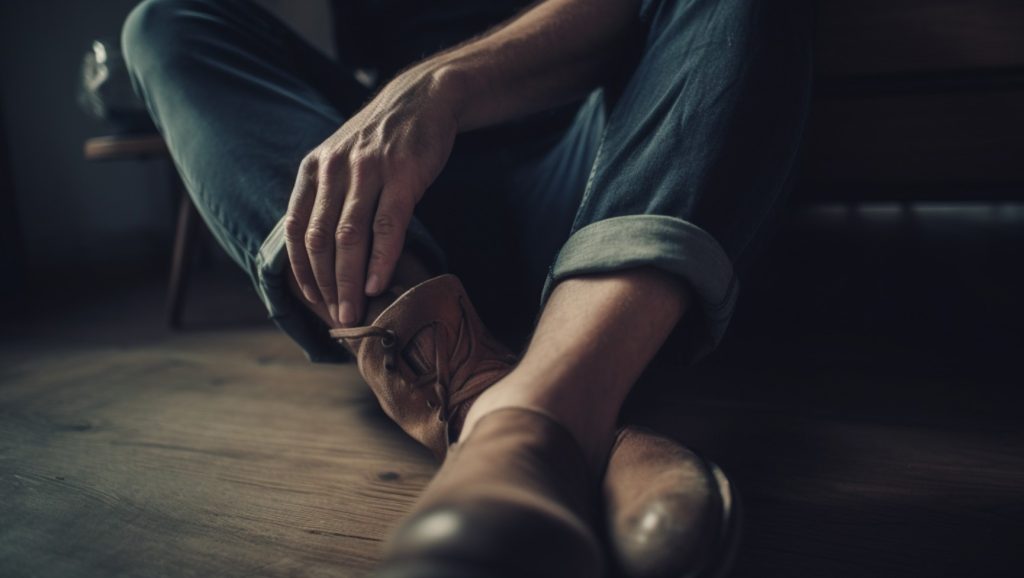
After seeking medical attention, your healthcare provider will perform a physical examination of the affected foot to evaluate the extent of the injury. They may also order diagnostic tests, such as X-rays, magnetic resonance imaging (MRI), or ultrasound to obtain a more in-depth look at your foot and the extent of the injury.
Based on the diagnosis, your healthcare provider may prescribe casts, braces, or walking boots to limit or immobilize the movement of your foot as it heals, and provide pain relief medication if necessary. They may recommend physical therapy or rehabilitation exercises to help improve the healing process and restore normal foot function.
Recovery and Healing Time
The healing time for foot injuries caused by dropped weight varies depending on the severity of the injury. In the case of a sprain, it may take a few days to a couple of weeks for the injury to heal fully. However, for more severe injuries such as fractures, it may take several weeks or months before you can return to normal foot activities.
It is essential to follow your healthcare provider’s guidance and attend all scheduled follow-up appointments to monitor the progress of the healing process and adjust your treatment plan if necessary. Not following your healthcare provider’s guidance can lead to prolonged healing time and the possibility of reinjury.
Long-term Care and Precautions
Taking precautions and adequate safety measures can help prevent foot injuries caused by dropped weight. Ensure you wear proper protective gear, such as steel-toed or closed-toe shoes if working in an environment that requires you to lift heavy objects regularly.
When lifting heavy objects, try to use lifting equipment or ask for assistance from someone to help reduce the weight and prevent accidents. It would help if you also were mindful of your environment when lifting objects to avoid tripping, slipping, or dropping the weight accidentally.
Protecting the Foot During Recovery
Proper Footwear and Support
Wear comfortable, supportive shoes that provide stability during the healing process.
Using Assistive Devices
Utilize assistive devices like crutches or walkers as recommended by the podiatrist to prevent further strain on the injured foot.
Resources and Further Information
For more detailed information and advice regarding foot injuries caused by dropped weight, consult with a healthcare provider. You can also explore other reputable sources such as The American College of Foot and Ankle Surgeons and The American Orthopaedic Foot & Ankle Society for additional information and resources.
Conclusion
In conclusion, foot injuries caused by dropped weight can be painful, debilitating, and affect your daily activities. It is best to take adequate safety precautions to prevent such injuries and seek medical attention immediately if you are experiencing symptoms. By taking preventative measures and seeking prompt treatment, you can recover and return to your usual daily activities in a relatively short time.
Frequently Asked Question
Can I treat a foot injury at home, or should I see a doctor?
Minor injuries like sprains may be treated at home with rest, ice, compression, and elevation (RICE). However, it’s crucial to see a doctor for proper diagnosis and severe injuries like fractures.
How long does it take for a foot injury to heal?
The healing time varies based on the type and severity of the injury. Minor sprains may take a few days to a week, while fractures may require several weeks or months to heal completely.
Should I continue to use the injured foot while it heals?
It’s essential to avoid putting weight on the injured foot during the healing process. Use crutches or assistive devices as recommended by the doctor.
Can I do any exercises during the recovery period?
Engage in low-impact exercises that don’t strain the injured foot, such as upper body workouts or swimming. Always consult your doctor before starting any exercise routine.
How can I manage swelling and bruising?
To manage swelling, elevate the foot and apply ice for short periods. Gentle massages and cold compresses can help with bruising. Natural remedies like arnica gel may also be beneficial.
When can I return to regular activities and sports?
Gradually increase your activity level as advised by your doctor. Avoid high-impact activities until your foot is fully healed.
What are some preventive measures to avoid foot injuries?
Improve home safety by keeping walkways clear, using proper lifting techniques, and wearing supportive footwear. Also, engage in exercises that strengthen your feet and ankles.

